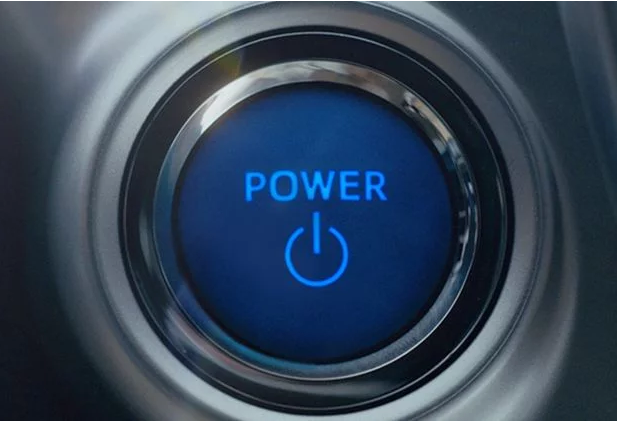Decision to scrap incentives raises questions about Beijing’s goal to have a million hydrogen fuel-cell vehicles on the road by 2030.
 China's generous subsidies for fuel-cell vehicles have attracted carmakers like Toyota.
China's generous subsidies for fuel-cell vehicles have attracted carmakers like Toyota.
China will reportedly eliminate hydrogen fuel-cell car subsidies at the end of 2020, raising questions about Beijing's goal to have a million of the vehicles on the road by 2030.
China is scaling down its subsidies for electric cars and plug-in hybrids but had been silent on whether it would follow suit for fuel-cell vehicles, which are at an earlier stage of technological and market maturity.
SAIC Motor chairman and National People's Congress deputy Chen Hong reportedly proposed extending support for fuel-cell vehicles. But the Ministry of Finance confirmed the subsidy cutoff date in 2020, according to the China Daily.
"Some carmakers have become over-reliant on subsidies and thus find it difficult to compete in the global markets," the ministry was quoted as saying. “Despite the financial support, China's fuel-cell industry has not made breakthroughs and has not seen rapid development.”
The ministry will reportedly look at replacing subsidies with non-financial incentives, as well as encouraging local authorities to step up the rollout of hydrogen refueling infrastructure.
Fuel-cell car buyers can currently claim a subsidy of up to 160,000 yuan ($22,000) on a new vehicle, according to the South China Morning Post.
China's generous subsidies for fuel-cell subsidies had attracted the attention of major automakers. Last month, Toyota unveiled plans to sell fuel-cell vehicles into the Chinese market via existing partnerships with Guangzhou Automobile Group and FAW Group.
Elsewhere, Great Wall Motor has put more than $149 million into fuel-cell vehicle research and development, and China National Heavy Duty Truck Group Co. and Mingtian Hydrogen are investing millions in manufacturing, said Cleantech Group, a research firm.
A long drive ahead
China reportedly had fewer than 2,000 fuel-cell vehicles on the road at the end of 2018, mostly buses. That accounts for about 14 percent of the global fleet of such vehicles.
But the country has set its sights on creating a world-leading market for fuel-cell vehicles within a decade. It's not clear how the subsidy cut will affect those ambitions.
China's aim of having a million units on the road by 2030 puts it even with California and is topped only by South Korea’s ambition of getting 1.8 million vehicles in circulation by the same date. Achieving this level of penetration will require a steep adoption curve.
Chinese policymakers expect the market to grow to 5,000 vehicles by the end of next year, and to 50,000 by 2025.
Both South Korea and Japan are also looking at aggressive fuel-cell vehicle adoption curves. South Korea wants 80,000 fuel-cell vehicles sold by 2025, up from 900 last year, while Japan wants to go from 2,926 to 200,000. China is also vying with Japan and South Korea for leadership in other parts of the renewable hydrogen value chain.
China has one big advantage in that it is already the world’s leading hydrogen producer. Last year it manufactured more than 8 million tons of the gas, almost double the 4.3 million tons that came from the U.S.
But China’s hydrogen production industry is based on steam-methane reforming, which is dependent on fossil fuels. To lead in green hydrogen, China’s industry would need to embrace production based on electrolysis, which for now is more prevalent in other markets.
This means the country has some catching up to do on the technical front, said Ben Gallagher, subject matter expert on carbon and emerging technology at Wood Mackenzie Power & Renewables. “Chinese electrolyzer vendors aren’t using the leading technology,” he said.
While China’s immediate competitors in the green hydrogen space will likely be Japan and South Korea, European markets, led by France and Germany, are also gaining traction, albeit with a grant-led approach.
These grants can shave up to 35 percent off the cost of a green hydrogen production plant, said Gallagher. France also has a target of using between 20 percent and 40 percent low-carbon hydrogen in industrial applications by 2028.
By number of projects and installed green hydrogen production capacity, Germany is the market to beat, Gallagher said. The country has 24 percent of projects worldwide, and 43 percent of global electrolyzer capacity.
Even so, anyone who remembers the early days of solar will know not to underestimate China’s industrial muscle.
“There’s a long way to go for the Chinese to be the most technologically advanced, but as we’ve seen with batteries and with solar, the government is really able to scale up industrial sectors even if they’re quite nascent,” said Gallagher.
“That’s something that should be on everyone’s radar.”